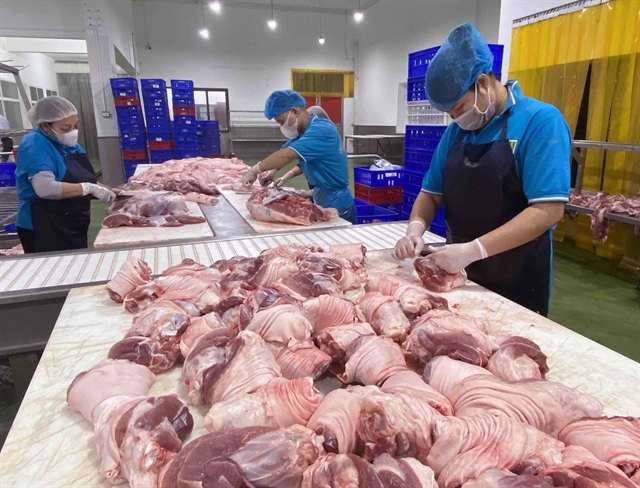
In 2024, Vietnam's meat imports are projected to reach US$1.7 billion, reflecting a significant increase in demand. In the first 11 months of the year, nearly US$1.6 billion was spent on meat imports, which represents a 14.2% increase compared to the same period last year. India has emerged as the largest supplier, accounting for 23% of the imports with 160,000 tonnes valued at US$531.5 million [3f4c6e7e].
The pork import market is particularly diverse, with imports coming from 40 different countries. Brazil and Russia are the leading suppliers, providing 39.28% and 29.88% of pork imports, respectively. Interestingly, imports of fresh chilled pork have seen a decline, indicating a shift in consumer preferences or market dynamics [3f4c6e7e].
Free trade agreements have played a crucial role in facilitating these increased imports, allowing Vietnam to access a broader range of meat products. Looking ahead, pork production in Vietnam is forecasted to reach 4 million tonnes by 2025 and 4.7 million tonnes by 2030, with an expected annual growth rate of 3.1% [3f4c6e7e].
This evolving landscape of meat imports reflects Vietnam's strategic approach to meet domestic demand while navigating international trade relationships, particularly in the context of growing agricultural competition [3f4c6e7e].